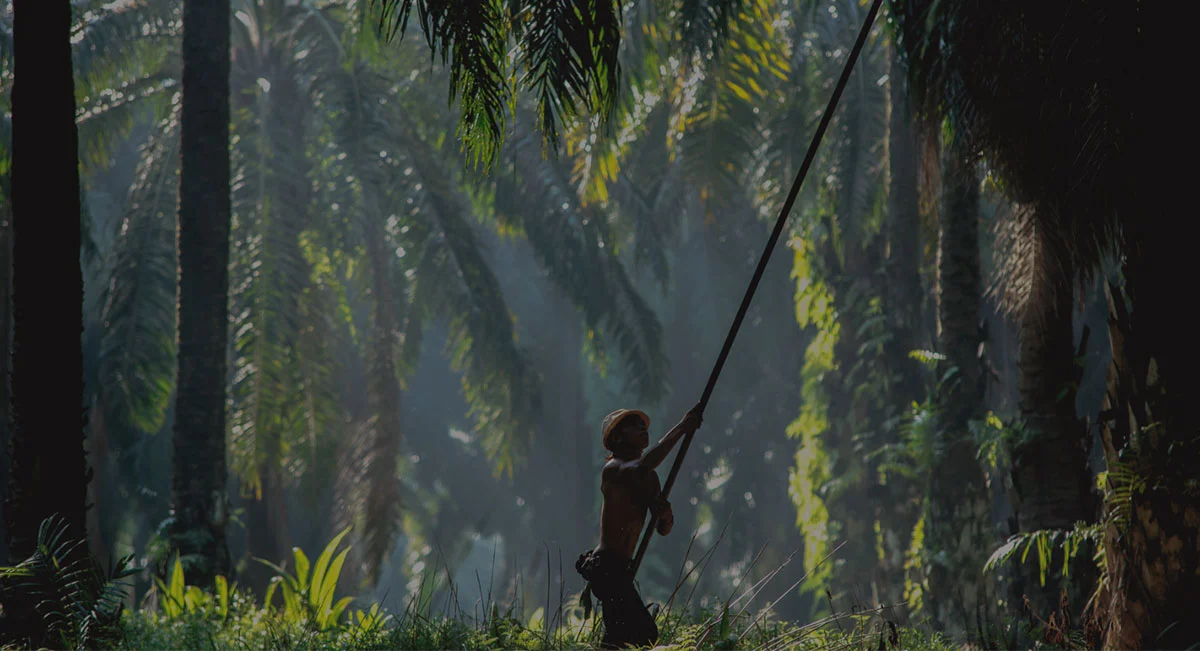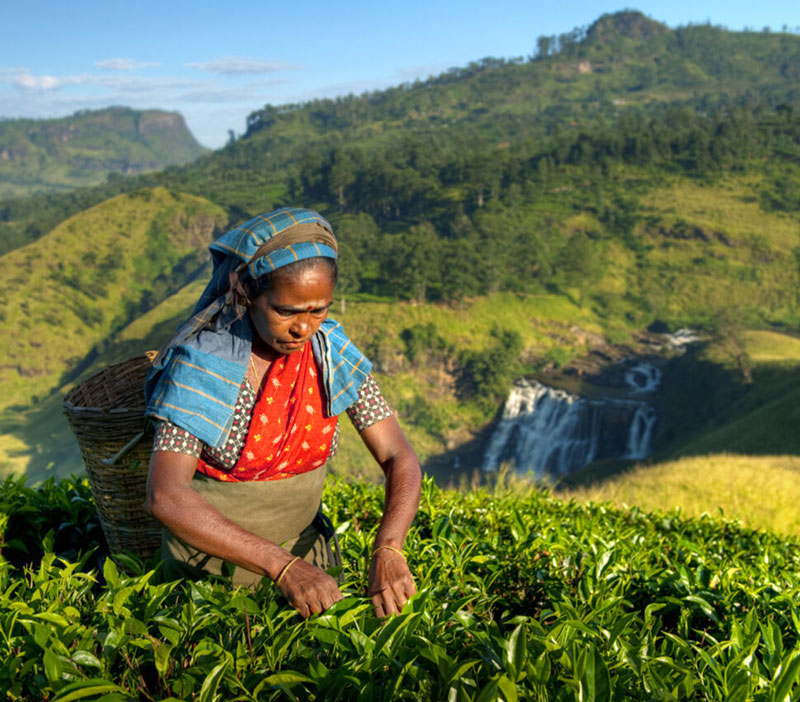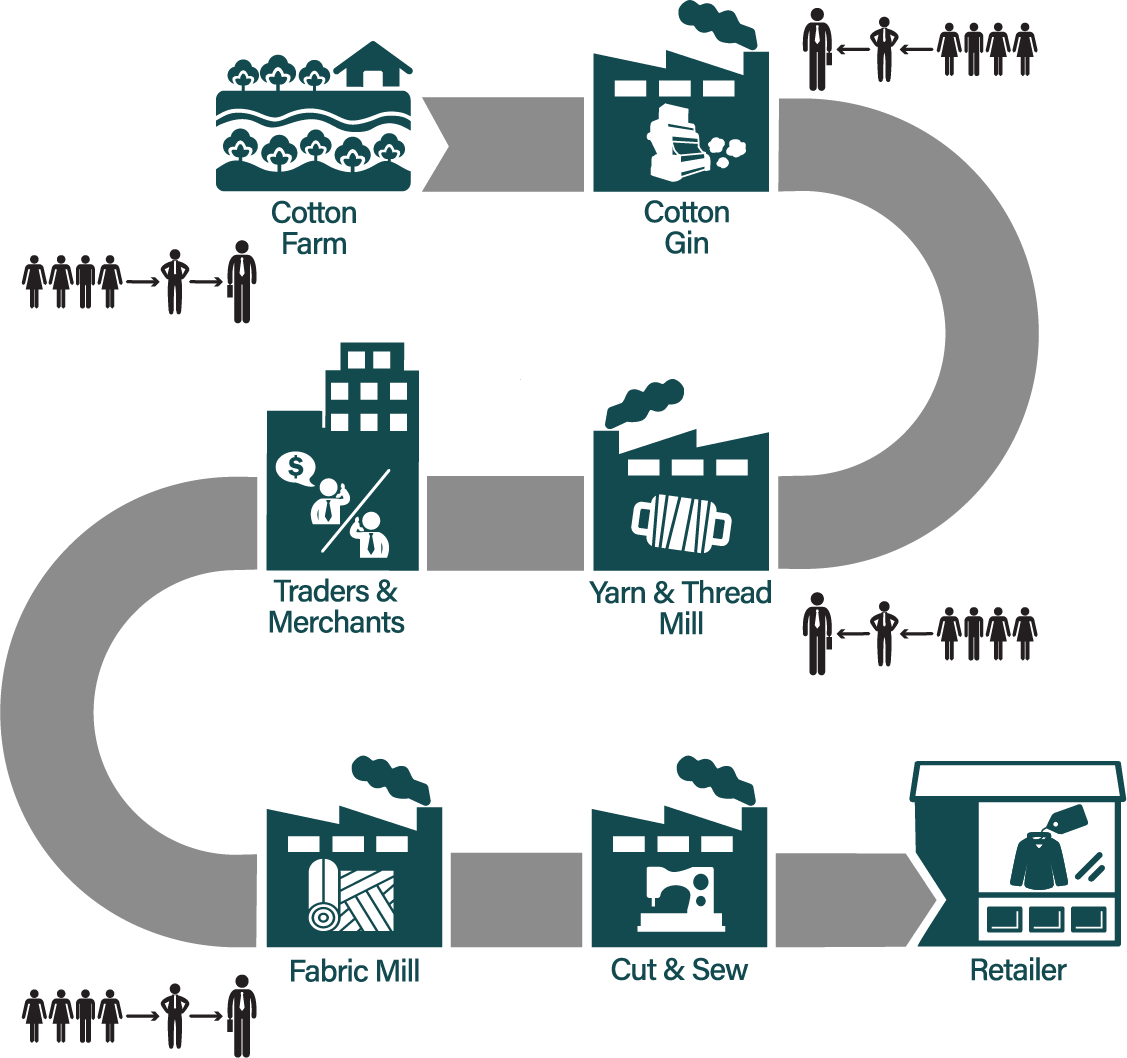Is Forced Labor Hidden in Your Global Supply Chain?

Understand the Risks of Forced Labor in Your Supply Chain
The risks of forced labor are linked to different factors in the global supply chain: where products are made or services are performed, how they are made or what the service is, and who does the work. Explore the factors to learn about these links.

Identify the Risks of Forced Labor in Your Supply Chain
To assess risk, use the three common filters on our interactive map to discover the potential for forced labor in the countries where your products and raw materials are sourced.

Prevent and Address the Issues in Your Supply Chain and Protect Your Workers
To prevent and address the risks of forced labor in a supply chain, your company needs a strong due diligence management system. The Responsible Sourcing Tool set can help you establish policies, performance standards, and processes to assess, address, and monitor supply chain risks.
Visit our Resource Library for additional background research, standards, and approaches for addressing risks.
